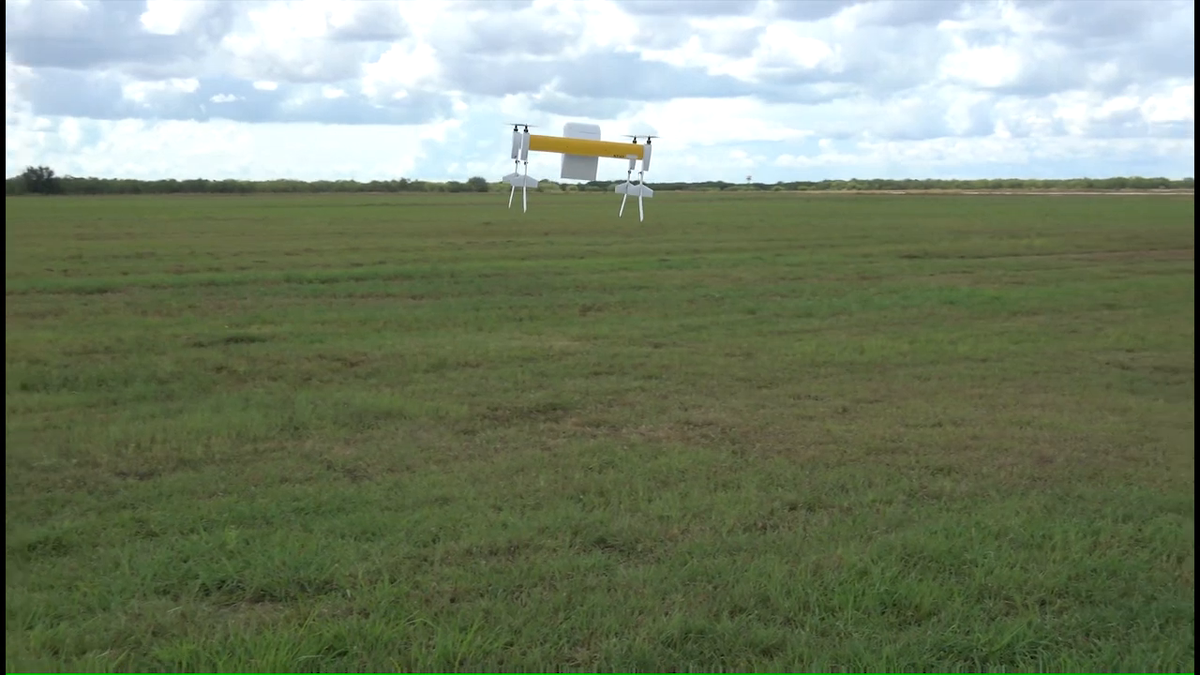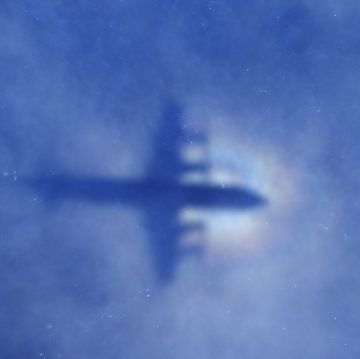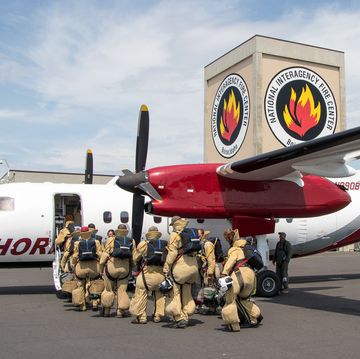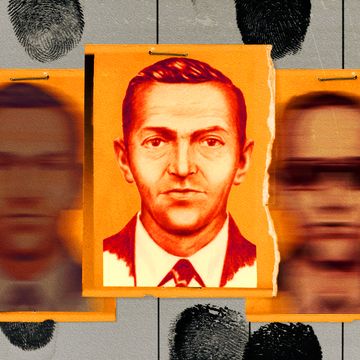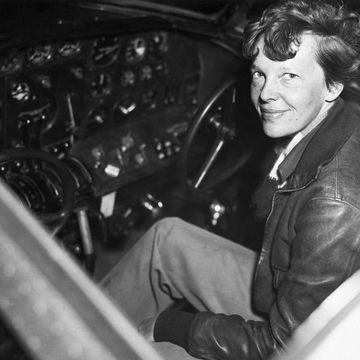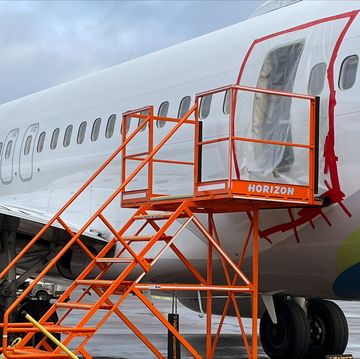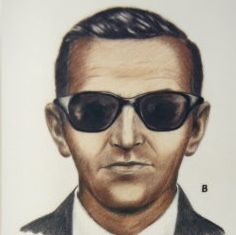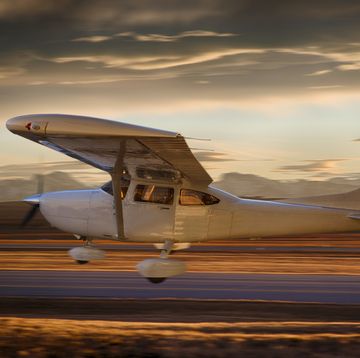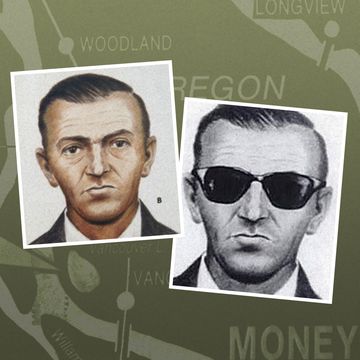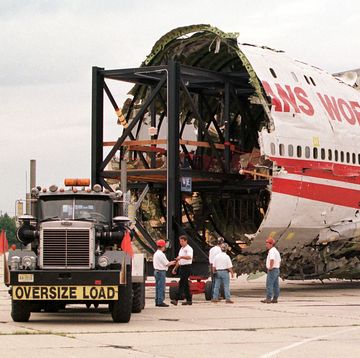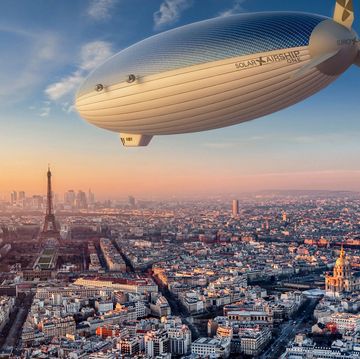This week, when the FAA finally released its proposed rules that would allow commercial drone operations in the U.S., the big story was about Amazon. Famously, Amazon is working on an autonomous drone delivery service called Prime Air and lobbying for drone rules that would make it legal. Much to the company's chagrin, the FAA just proposed to prohibit any drone operations beyond sight of an operator. To Paul Misener, Amazon vice president of global public policy, those are fighting words.
"We are committed to realizing our vision… and are prepared to deploy where we have the regulatory support we need," Misener said in a widely quoted statement. So, does that mean that less-regulated markets like India will get Prime Air first, as one report suggests? Not necessarily, and here's why.
Milestone, or Impediment?
Remember, these are just proposed rules. At the very least, a six-month public comment period must pass before anything becomes final. Furthermore, the FAA itself recognizes the need to adapt these and future rules to evolving technology.
As it says in the 200-page document (PDF) outlining the proposed rules for unmanned aerial systems (UAS), "the FAA envisions the NAS populated with UAS that operate well beyond the operational limits proposed in this rule." If you decode that field of jargon, what it means is that the FAA imagines a day when American airspace is filled with next-gen of drones that have outgrown today's proposed regulations. "Those UAS will be regulated differently," it says.
Even in this early, unrefined version, these new rules are a milestone: They're the first that will allow real money to be made (legally) through the operation of drones across a wide range of industries. That has some observers, like DroneLife.com editor Andrew Amato pretty excited.
"The proposed rules show that they have listened to what people have said," Amato tells PM. "They're very reasonable. And, yes, it's not going to enable drone delivery overnight. But drone delivery is not ready to go by tomorrow." Amato says the proposed rules would allow Amazon to conduct test flights of their drones-in-development on American soil. That should lead to not only more advanced drones but also less restrictive regulations.
But Jonathan Evans, CEO of Skyward, a cloud-based flight operations platform for drone operators, says Amazon has good reason to be unhappy with proposed rules. "Amazon is right to push for urban integration and beyond visual line of sight operations," Evans tells PM. "Those are both very reasonable, theoretically. And it's actually not just theoretical." He points to less restrictive regulations in the U.K. and Canada—both of which already have rules in effect for applying to operate a drone commercially—as good models for the FAA to follow.
The New Rules
What would the proposed rules actually require if enacted today? Besides the line-of-sight requirement, commercial drones would have to operate in daylight hours in weather that provides at least three miles of visibility. Briefly going behind an obstruction is okay as long as the operator can see everything around the obstruction. The operator can't rely on binoculars for the stay-within-sight requirement, though. They must use "unenhanced" vision, aside from glasses or contacts.
Drones would also have to obey a speed limit of 87 knots, or 100 miles per hour. This is to mitigate the damage that might be caused by an out-of-control drone. They'd have to stay below 500 feet. The rules would require that drones display registration markings, just like manned aircraft. Operators must inspect their drones for potential problems before flight and file accident reports in the case of crashes that cause injury or property damage.
As for what it would take to become a commercial drone pilot, anyone who wants to operate a drone as part of a business would have to obtain an Unmanned Aircraft Operator Certificate. To get one, you'd have to be at least 17 years old, take a written test, and take additional tests every two years. That doesn't sound too bad.
Wiggle Room
Yet the FAA's new rules are not hard and fast. For one thing, they allow for exemptions on a case-by-case basis. In the future, the FAA could decide that technologies allowing drones to reliably steer themselves was mature enough that it no longer needed to enforce the restriction for human line-of-sight operations.
Regardless of what form the FAA's new drone regulations eventually take, one thing is clear: the drones are coming, and they'll be here to stay. The details of how and when they will be regulated are just that: details. Those packages are bound to hit your doorstep (or roof) just as soon as Amazon or any other company that wants to deliver them can demonstrate their ability to do so safely.



